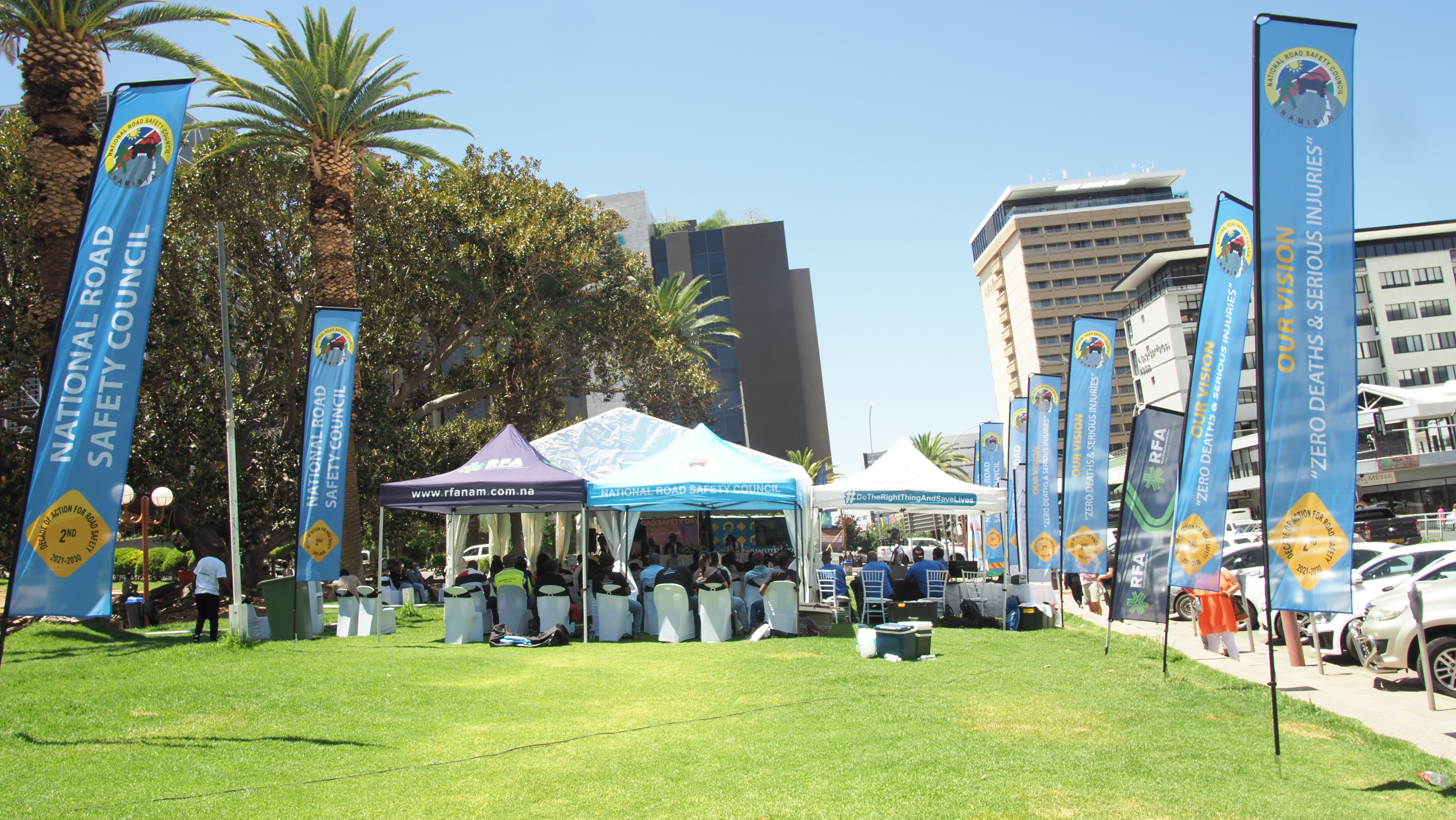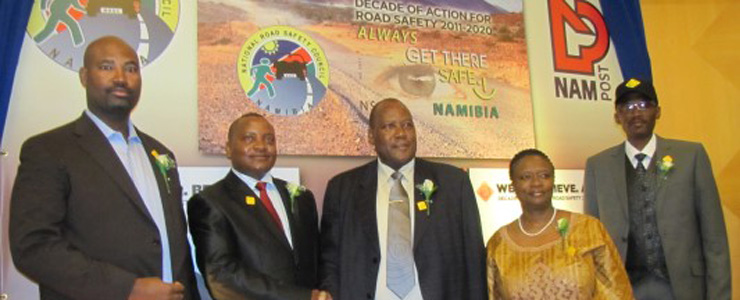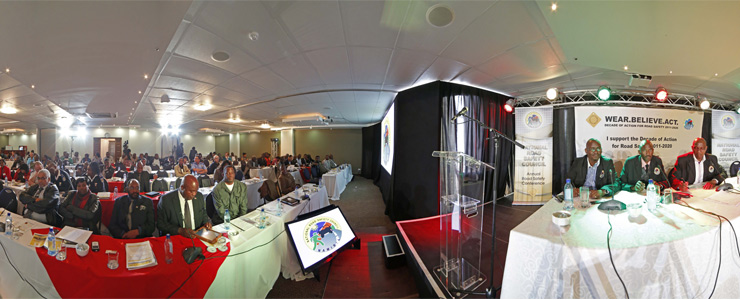The 18th African
Union Summit, held in January 2012 in Addis Ababa, Ethiopia, (Decision
EX.CL/Dec.682 (XX) endorsed the conclusions of the Second Session of the
Conference of African Ministers of Transport (CAMT) held in Luanda, Angola in
November 2011 which, among others, adopted the third Sunday of November, which
is the World Day of Remembrance for Road Traffic Victims as Africa’s Road
Safety Day.
The establishment of this day is a pivotal instrument for the
African States in their ongoing struggle against road traffic accidents. This day honors the victims
of traffic accidents by providing an opportunity to raise public awareness regarding
the burden of road traffic collisions on victims and communities and emphasizes
the need to initiate and promote efforts to control road carnage as a major
public health and development problem and to assist victims.
The National Road Safety Council, stakeholders, and leaders
in areas of Road Safety joined the rest of the world in commemorating Africa
Road Safety Day on the 19th
of November 2021 in Windhoek.
Eugene Tendekule, NRSC
Executive Secretary, stated in his welcoming remarks that the event brings
together Namibians and global citizens to assess road safety activities and
reflect on the lives lost and the impact of those losses on our social strata
as well as Namibia's economic performance. “Commemorating the lives of the dear
ones whose lives were cut short on account of road crashes should be looked at
as a noble gesture in the sense that it gives us an opportunity to show empathy
and in a way to mourn with those who are severely affected.”
He further stressed the
need for collaborative efforts between Namibia's road safety community and the
Namibian people in order to realise NRSC's vision of Zero Deaths and Serious
Injuries.
In a short statement,
Tanya Cloete, a motivational speaker, and road traffic accident victim,
described how she became wheelchair-bound after being involved in a tragic
vehicle accident 30 kilometers outside of Rosh Pina. “We were two passengers
and a driver. The driver was at a very high speed. He lost control of the
vehicle and died on the spot. I was thrown out of the vehicle where I landed on
the rocks and injured my spinal cord. Thus my injuries were so severe that I am
wheelchair bound today.”
The road safety advocate
urged road users to use seatbelts in mobile cars, emphasising that it is the
responsibility of motorists to ensure that their passengers do as well.
Other pressing objectives
of the event included recognizing the vital work of emergency responders,
advocating for better care for road traffic victims and their families, and
promoting evidence-based steps to avoid and eventually eliminate more road
traffic deaths and injuries.




